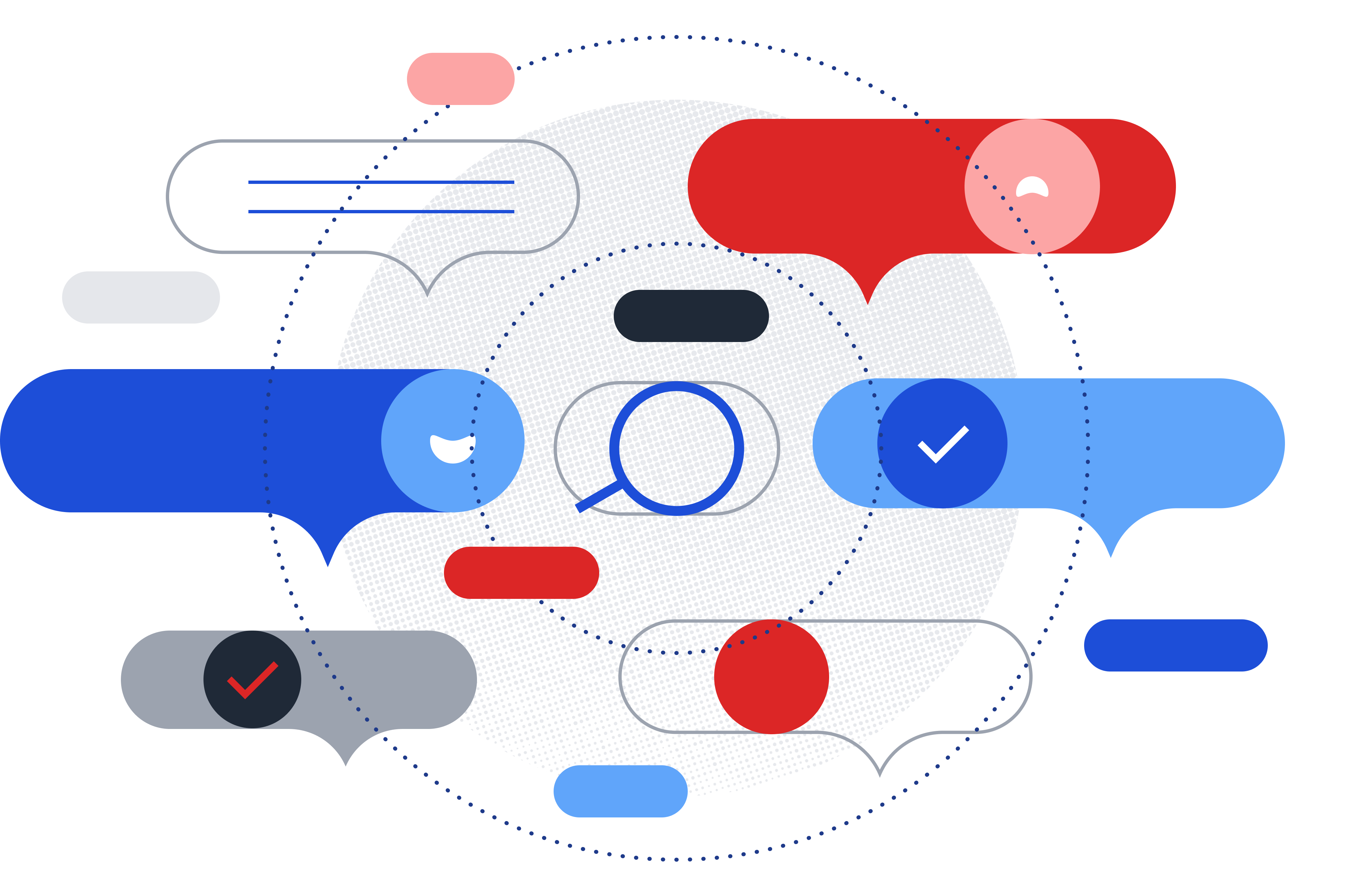
Unlock qualitative insights from interview data – without a hassle
Easily organize and analyze qualitative data from interviews in one powerful research platform. Whether you have basic analytical needs or more complex requirements – with ATLAS.ti, you can effortlessly discover qualitative findings for your projects.

Easy-to-use workflow with no stone left unturned
With ATLAS.ti, use our qualitative data analysis tools to analyze every piece of data from your interview participants – whether it's transcriptions, audio and video files, or even pictures. Easily code your data, make sense of motivations behind responses and discover qualitative insights that make a difference.

Harness the power of visualization for your interview analysis
With a qualitative data analysis tool like ATLAS.ti, you can analyze data to create beautiful charts, networks, and diagrams that actually make sense. Streamline your interview analysis process with help from the leading qualitative research platform instead of trying to figure out how to deal with complex data.
















